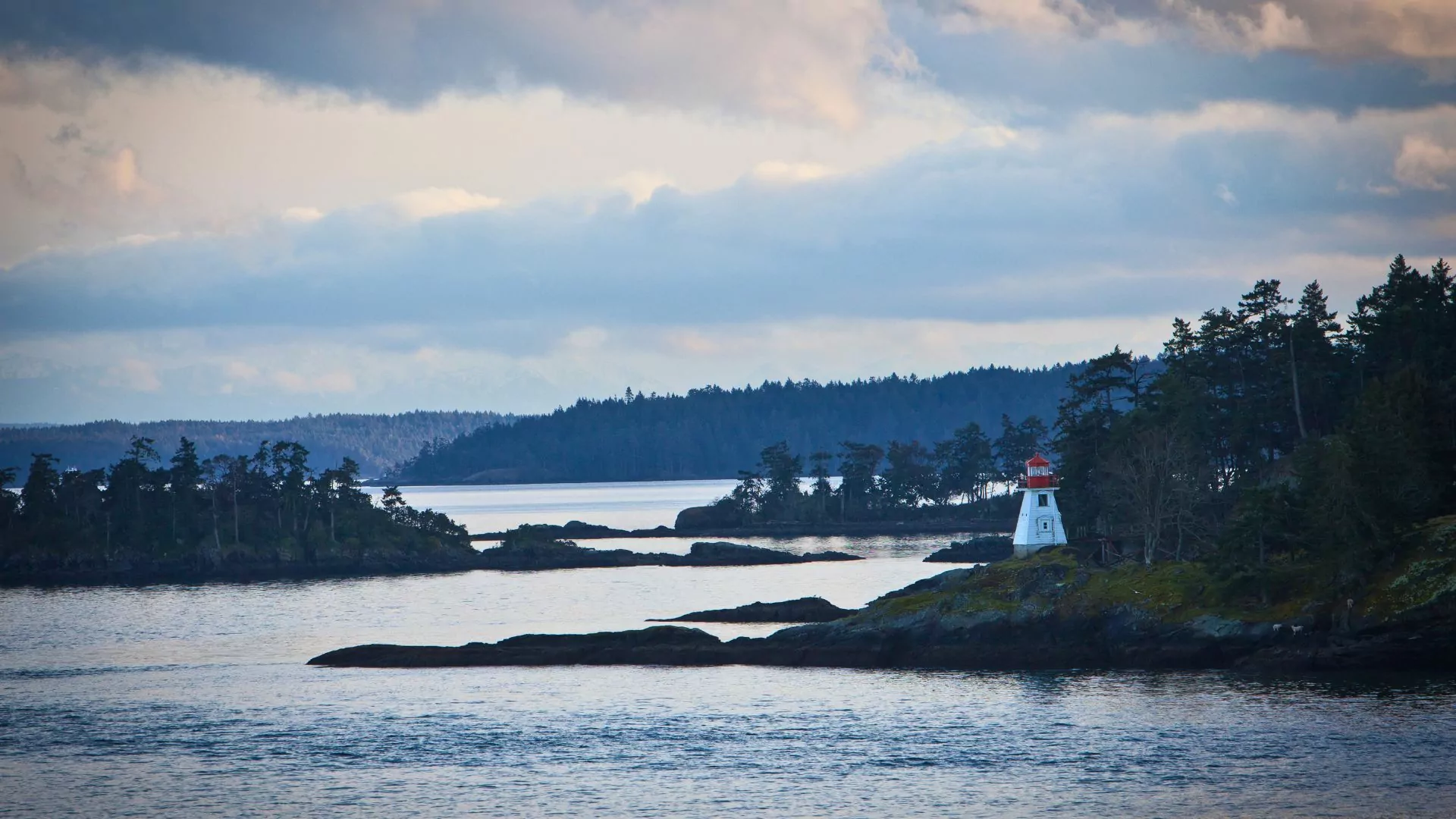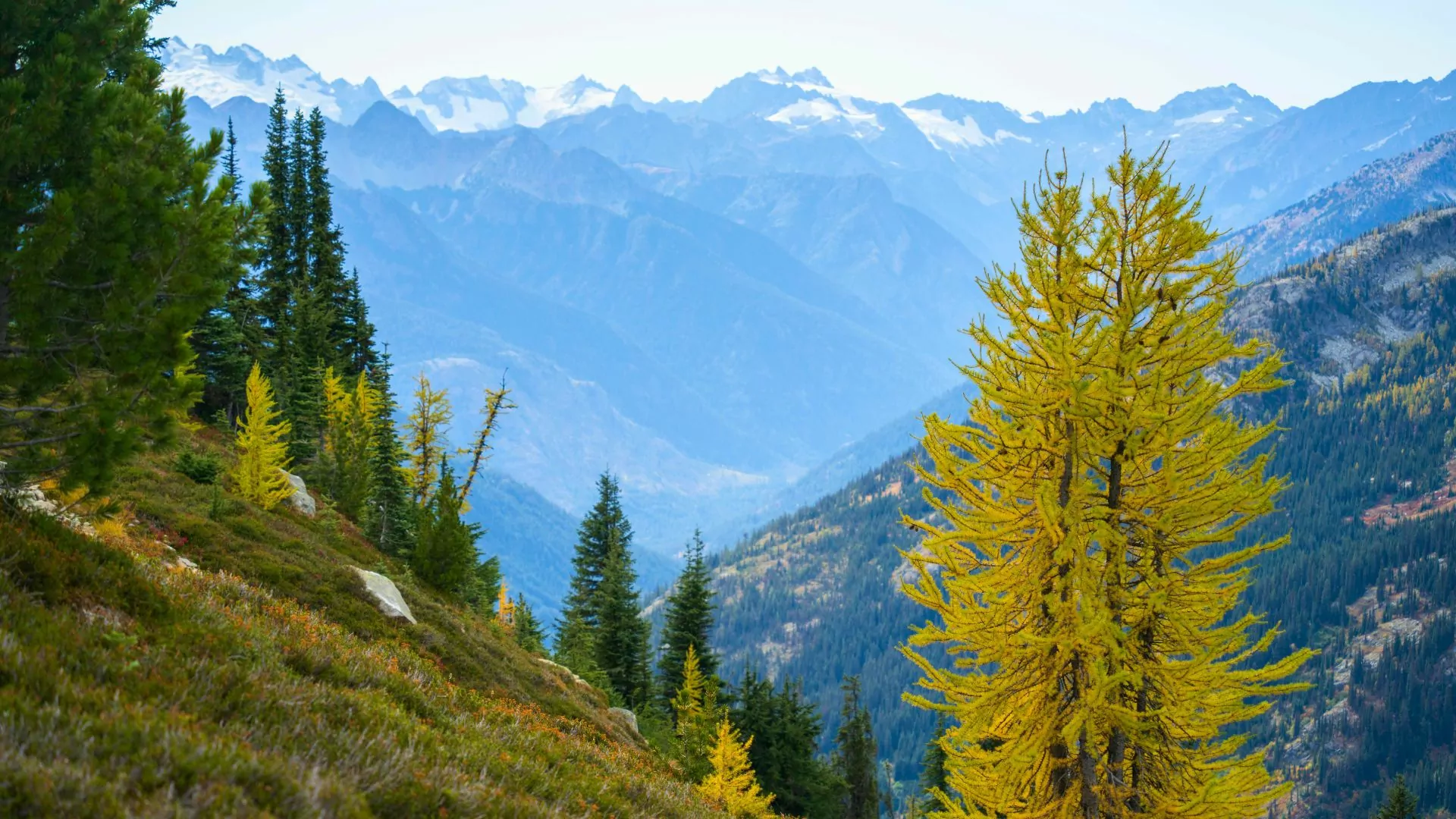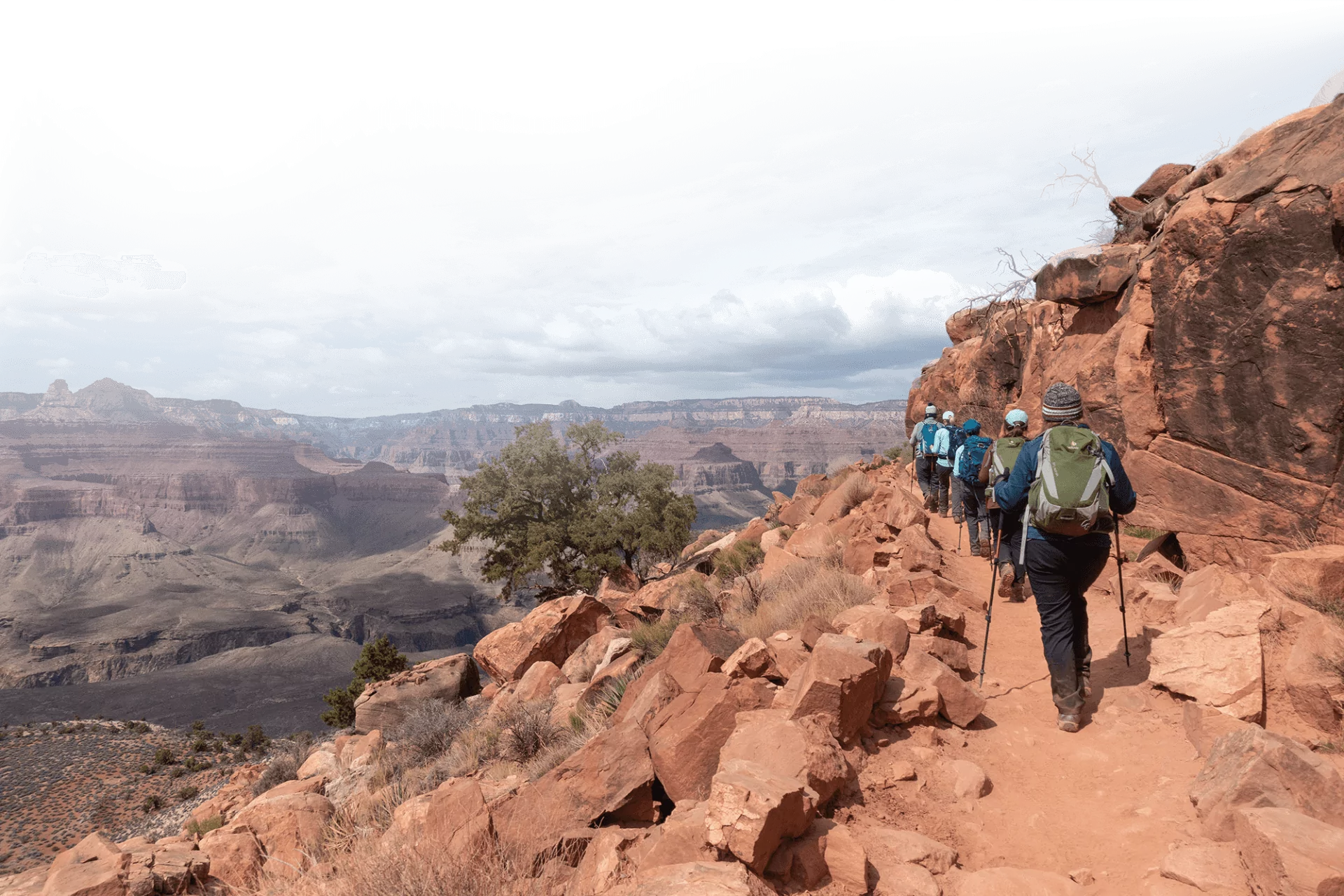5 National Parks Near Seattle You’ve Never Heard Of
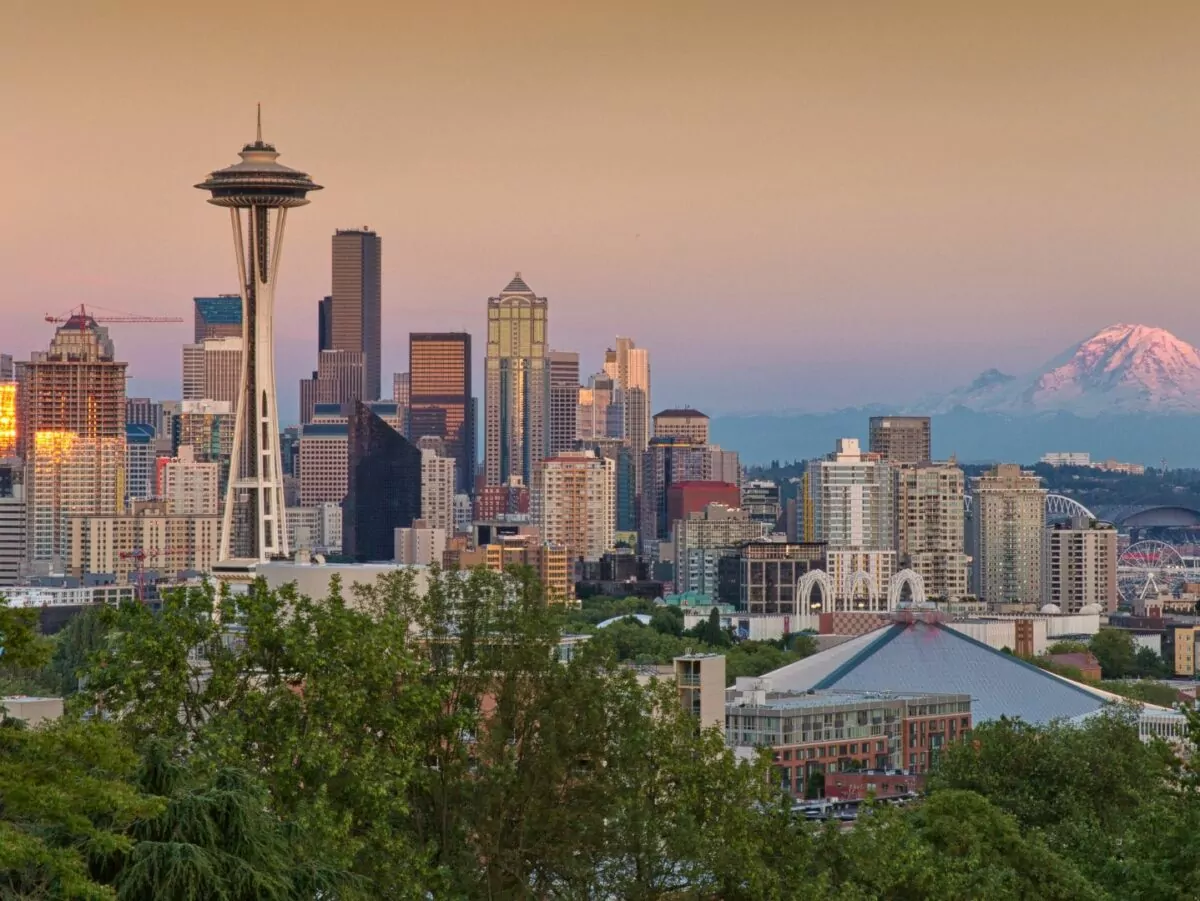
When you think of National Parks near Seattle, what comes to mind? Mount Rainier? Olympic National Park? Seeing 1.6 million and 2.7 million annual visitors respectively, these are a couple of Washington’s best known National Park Service sites and for good reason. They house a depth of natural beauty and human history while protecting some of our most treasured environmental wonders. However, I want to take us off the beaten path to explore other public lands managed by either the National Park Service or the US Forest Service in the area.
If you are looking for information about the larger parks such as Mt. Rainier and Olympic, you can find other blog posts about them in our archives. But I would point you to explore instead some of my favorite hidden gems. These National Parks near Seattle have made my shortlist due to their natural beauty, the environment they protect, the history they preserve, and personal ties I have to them.
I hope you find them as magnificent as I do.
Guided Hiking Trips in Washington
Mount St. Helens National Volcanic Monument
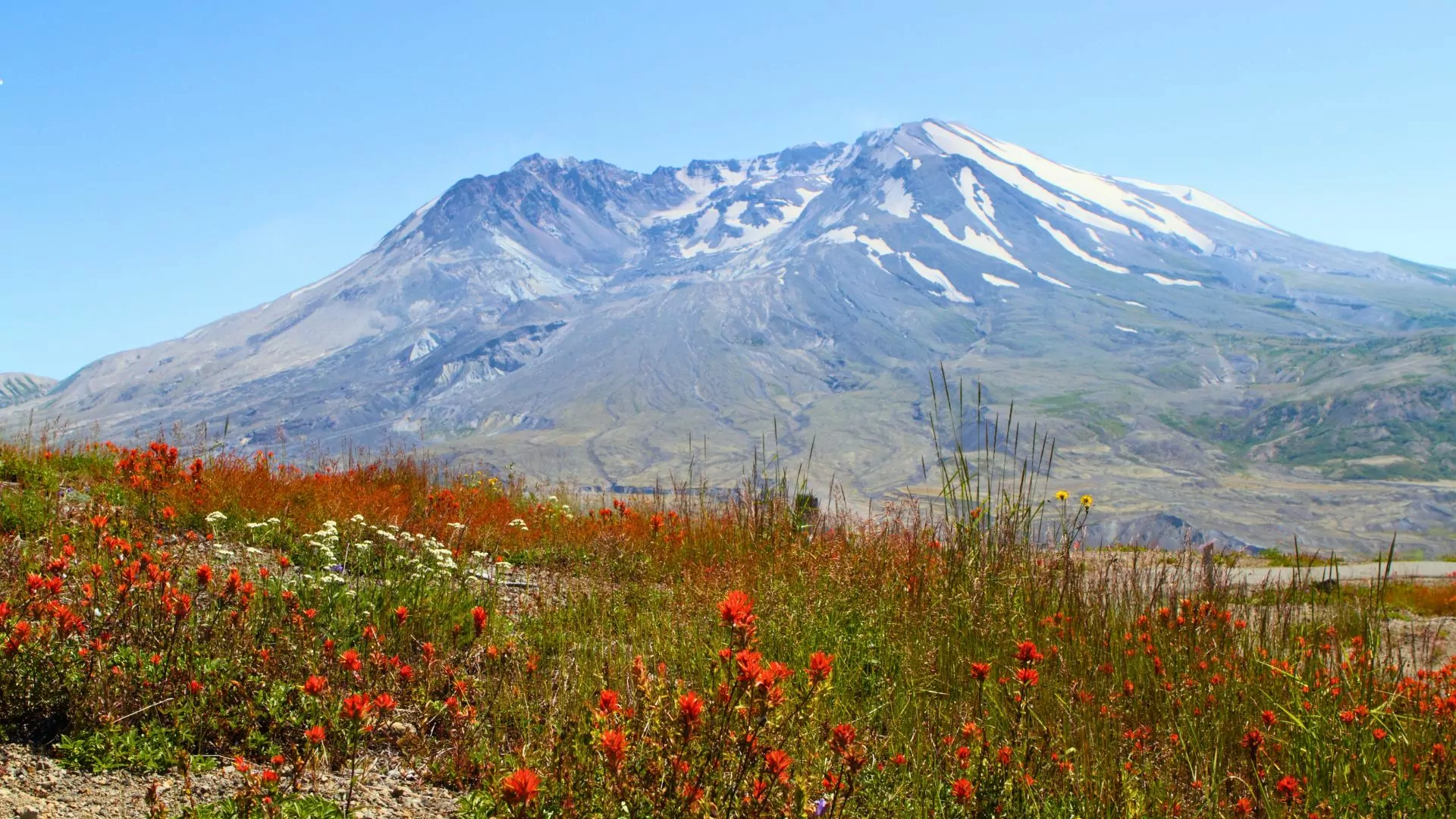 Time from Seattle: 2 hrs. 45mins
Time from Seattle: 2 hrs. 45mins
750,000 Visitors Annually
To begin our journey through the lesser known National Parks near Seattle, I wanted to start with one that is very popular, but you may not know much about visiting in person. Mount St. Helens, the most active volcano in the Cascade Range, stands at 8,363 feet–1,314 feet shorter than before her eruption in 1980. The eruption permanently altered the lives of locals, the environment, and the way we understand both earthquakes and volcanoes.
Visiting today, it is hard to imagine the amount of devastation that occurred. There are many ways to experience and enjoy the Volcanic Monument from nature walks at the Johnston Center Observatory to summiting Mt. St. Helens herself. Though not technically a National Park, this National Monument is one you do not want to miss.
History
The Mount Saint Helens National Volcanic Monument was established through an Act of Congress in 1982. After the May 1980 eruption, scientists realized they were handed a unique opportunity to witness environmental changes that would occur post eruption. To witness this change with little human interference, the area needed special protection. Since the land was already a part of Gifford Pinchot National Forest, the land stayed under the management of the US Forest Service.
Highlights
Johnston Center Observatory
The name comes from David A. Johnston, a volcanologist who was among the first to realize the volcano was going to erupt. Along with a few of his colleagues, he advocated for restrictions to be put in place to prevent people from being in the area, undoubtedly saving hundreds of lives. He was stationed at the now Observatory’s location when the blast occurred, not realizing the blast would extend to his location.
The Observatory now stands as an education center, providing guests with information about the eruption and eye witness testimonies. It is also the starting point for many of the main hiking trails in the area (Johnston Ridge Trail is a personal favorite) and provides sweeping views of Mt. St. Helens and the lava dome from various viewpoints. Open from mid-May to October, weather permitting, there is something for everyone to experience.
Climbing Mt. St. Helens via Monitor Ridge Route
From late spring into early fall, you’ll find climbers from around the world attempting to climb to the caldera rim of Mount. St. Helens. The most common route is Monitor Ridge, which climbs 4500 feet in around 5 miles. While scrambling is involved in some spots, this is a non-technical summit, providing an experience unlike any other National Park near Seattle.
You’ll start your climb from the Climber’s Bivouac and hike through a forested area where you may spot some avalanche lilies if you are lucky! After 2.5 miles on Ptarmigan Trail, you’ll reach the treeline. From here to the summit, you need a climbing permit to continue on which can be acquired through recreation.gov.
From there, you’ll follow Monitor Ridge using wooden poles as markers to stay on track. You’ll be traveling though large rocks in the beginning, but they grow smaller in size as you climb higher until you’re walking on ash and fine pumice. From the rim of the caldera, you can see inside and out towards Mt. Rainier. The edge can be unstable and it is advised to stay a few feet back from the rim.
I have had the amazing experience of standing at the summit multiple times. Though it’s a long, taxing day, it is worth it. The views, experiencing the glaciers, feeling the ash, and witnessing the power of the volcano makes it a worthwhile visit in my book.
Lewis and Clark National Historical Park
274,000 Visitors Annually
The Lewis and Clark Expedition has been fascinating Americans ever since it took place. The explorers finally met the Pacific Ocean just across what is now the Washington-Oregon border at the mouth of the Columbia River. Visiting this National Park near Seattle will allow you to trace their footsteps along the Lewis and Clark River and around Fort Clatsop.
History
Fort Clatsop National Memorial was established in 1958 to preserve the Lewis and Clark Expedition party’s winter of 1805-1806 encampment. Then, in 2011, the park was expanded to further preserve, restore, and interpret natural, cultural and scenic resources tied to the Lewis and Clark expedition along the Pacific Coast. The Park is jointly managed by the National Park Service and both Washington and Oregon state governments. The park is broken into six different regions and also houses a number of state parks within its boundary.
Highlights
Lewis and Clark River Tour
Lewis and Clark NHP gives ranger talks unlike any other National Park near Seattle. View Lewis and Clark NHP from a different perspective by joining one of the ranger led river tours. The tour is free with park admission and you are provided with the watercraft, life jacket, and paddle. You do have to reserve a ticket from recreation.gov to attend, which opens 30 days before the tour date. The rangers provide natural and cultural talks as you paddle along the Lewis and Clark river.
Fort to Sea Trail
While there are many trails to pick from, the gem of this park is the Fort to Sea trail. This 13 mile round-trip trail will take you from Fort Clatsop to Sunset Beach along the Pacific Ocean. This trail allows you to trace the steps of the Lewis and Clark expedition party as they made their journey to the Pacific Ocean. Though they were bushwhacking and trucking through wetlands, the trail today is maintained and features a combination of compacted dirt, sand, and boardwalks to ease your journey.
The trail is long and there are no water fill-up stations along the way. There are bathrooms at the trailhead, Sunset Beach, and at the halfway point. Be sure to come prepared with weather appropriate clothes, snacks, water, and a trail map.
Klondike Gold Rush-Seattle Unit National Historic Park
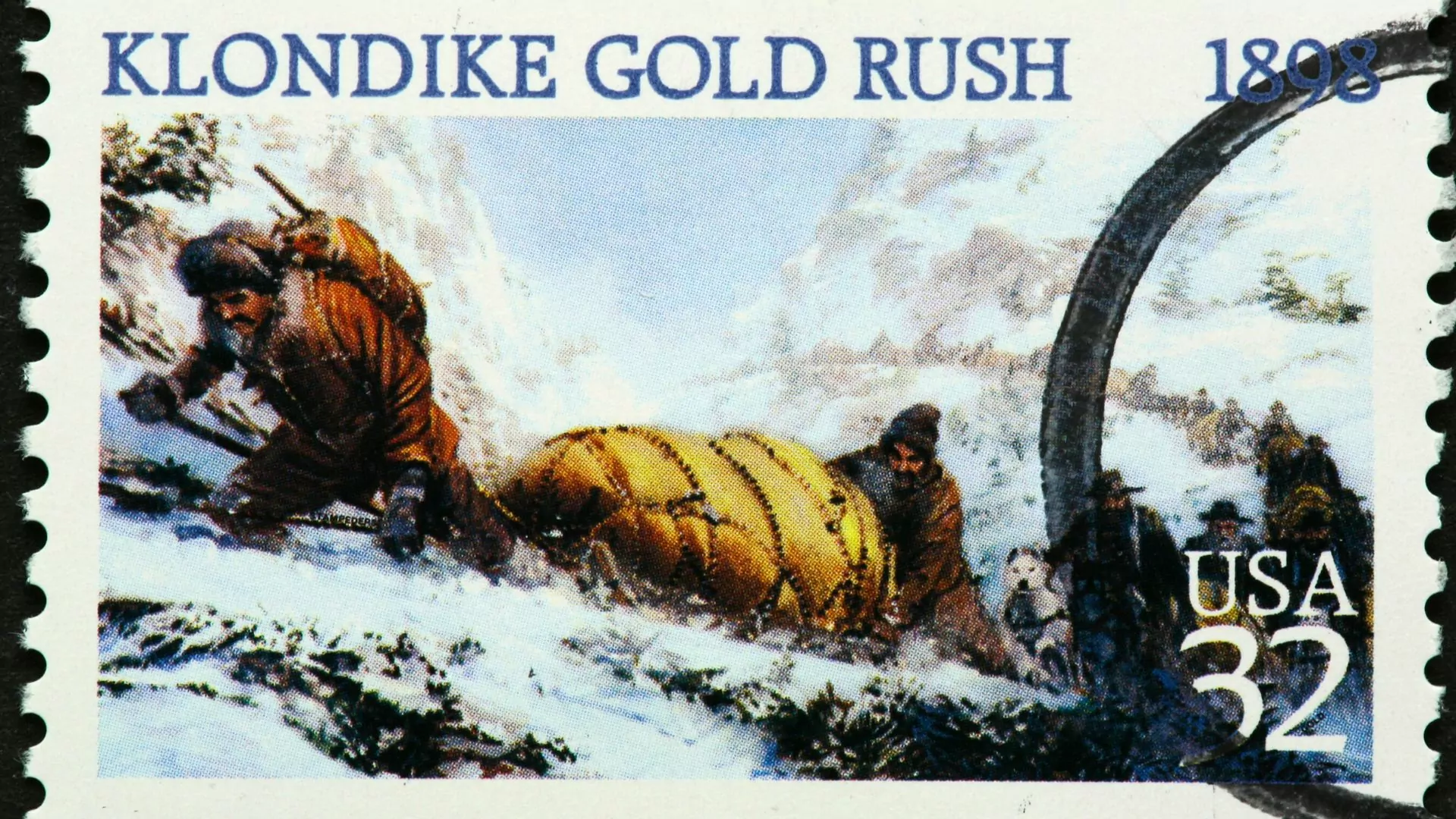 Time from Seattle: In Downtown Seattle
Time from Seattle: In Downtown Seattle
35,900 Annual Visitors
National Parks near Seattle? Try downtown! A part of the grander Klondike Gold Rush National Historical Park, the Seattle Unit preserves the culture and history of the Alaskan gold rush and the people it affected. This park provides a glimpse into Seattle of the past and allows us to experience nature in a different way. Visiting this park also can serve as a jumping off point to a grander, Alaska adventure.
History
The Klondike Gold Rush began in the late 1890’s starting first with roughly one hundred prospectors leaving from Seattle aboard a boat heading for Alaska’s Yukon. They were hopeful they could strike it big, and soon thousands would follow. In 1976, the Klondike Gold Rush National Historical Park was created. The Seattle Unit was added in 1979 to preserve the city’s role as the center of the gold rush. In total, the Park includes four units; three in Alaska and one in Washington.
Highlights
Visitor Center
Located in the historic Cadillac Hotel, the Seattle Unit visitor center provides guests with an immersive experience. Two floors of interactive exhibits walk you through the history of the Klondike Gold Rush, the history of Seattle, and information about the Salish Coastal Tribes on whose land the park sits. The visitor center also serves as the hub for the other National Park Sites in and near Seattle including the Bainbridge Island Japanese American Exclusion Memorial, Wing Luke Museum, the Mountains to Sound National Heritage Area and Scenic Byway, and the Maritime Washington National Heritage Area.
Self-Guided Tour of Pioneer Square
Challenge your idea of the natural environment by completing the self-guided hike through Pioneer Square. Though it may not contain the mountains and wildlife of other National Parks near Seattle, this tour will guide you through the city’s oldest neighborhood and provide an immersive experience of how the city and greater Puget Sound region became what they are today. They also provide a ranger-led tour, if you prefer that instead.
San Juan National Historic Park
638,000 Annual Visitors
Located on San Juan Island, San Juan National Historic Park offers a blend of history, recreation and wildlife viewing. Long before it was the site of the “Pig War” between the United States and Great Britain, San Juan Island was home to Coast Salish Tribes. Broken into English Camp and American Camp, there is a lot to do and explore within the 2000 acres of this less-traveled National Park near Seattle.
History
San Juan National Historic Park was designated by Congress in 1966 to preserve the military, human, and natural history of the area. After the long border dispute between the United States and Great Britain, the Park stands testament to what can happen when two parties use nonviolent methods to settle disagreements.
Highlights
Wildlife Viewing
When it comes to wildlife viewing, this National Park near Seattle can be a wonderland. The San Juan Island NHP is one of the last places in the island chain that still has remnants of its native prairie and grasslands. This fragile ecosystem is a stronghold for a handful of species that rely on it for survival. The endangered marble island butterfly is only found here in the park. The species was thought to have gone extinct in 1908, but was found during a prairie survey in the Park in 1998.
Along with the prairies, San Juan Island NHP also contains lagoons, coastal dunes, rocky bluffs, and woodlands. This helps support a very biodiverse wildlife population. From the Park, you can see a wide variety of seabirds, harbor seals, foxes, and other small mammals. If you’re lucky, you might even catch a glimpse of the orcas. Visiting Granny Cove on the island will give you a great opportunity to go tide pooling to observe intertidal life.
Sea Kayaking
Enjoying the Salish Sea by boat is a unique way to experience the area, and is, personally, my favorite method. San Juan NHP offers multiple launching points for guests to begin their journeys. While kayaking, you can explore inlets and coves and view marine life at water-level. Make sure you are prepared for your journey though. Don’t venture out in poor weather, wear a wetsuit (the water is very cold), and know how to rescue one another. It also doesn’t hurt to have a satellite communication device with you as service is extremely limited or non-existent.
North Cascades National Park
17,800 Annual Visitors
The North Cascades is one of the least visited National Parks near Seattle, and a true hidden gem. My first visit to the North Cascades National Park was my first time seeing a glacier in person. It came after a long and hard day of hiking and is a very treasured memory. The mountains here are some of the youngest in the United States meaning they are shear and jagged. Travel is normally challenging, but the experience is worth it.
History
As early as the 1930’s people were advocating for the North Cascades to become a National Park to protect its alpine environment and glaciers. Initially rejected in their National Park bid, area environmentalists teamed up and advocated for its protection until it was finally granted in 1968. Ross Lake National Recreation Area and Lake Chelan National Recreation Area were also included under the Park’s management to create the North Cascades National Park Complex. Even though the complex is 684,000 acres, it is one of the least visited National Parks near Seattle, seeing only 17,800 visitors annually.
Highlights
Boat-In Camping
Have a unique camping experience along either Ross, Chelan or Diablo Lake by using a canoe to travel to your campsite. The turquoise water against the dark mountains is a view unlike any other. I’ve been lucky to make trips out on both Diablo and Ross lake in the past and the serenity is unmatched.
Hiking
If you’re up for a challenge, North Cascade National Park has no shortage of options. Hiking is truly one of the best ways to experience the wilderness the park contains. The time I’ve spent in the backcountry has given me so much more than I can explain. Some of my personal recommendations are Fourth of July Pass and Thunder Creek. Keep your eyes peeled for pikas, marmots, and mountain goats during your travels!
North Cascades Guided Backpacking trip
Conclusion
This short list only begins to scratch the surface of all of the National Parks near Seattle you can visit. These smaller and less visited sites have so much to offer and are full of rich histories, contain compelling stories, and can offer peace and solitude. When it comes to National Parks near Seattle, there are a wide range of options to choose from for any age, skill level, and interests. Whether you are wishing to observe endangered butterflies along the coast or summit an active volcano, you are within a three hour drive. Regardless of where you decide to visit, be sure to follow the Leave No Trace principles and explore with respect for the land and those who call the park home, both past and present. Happy trails!




